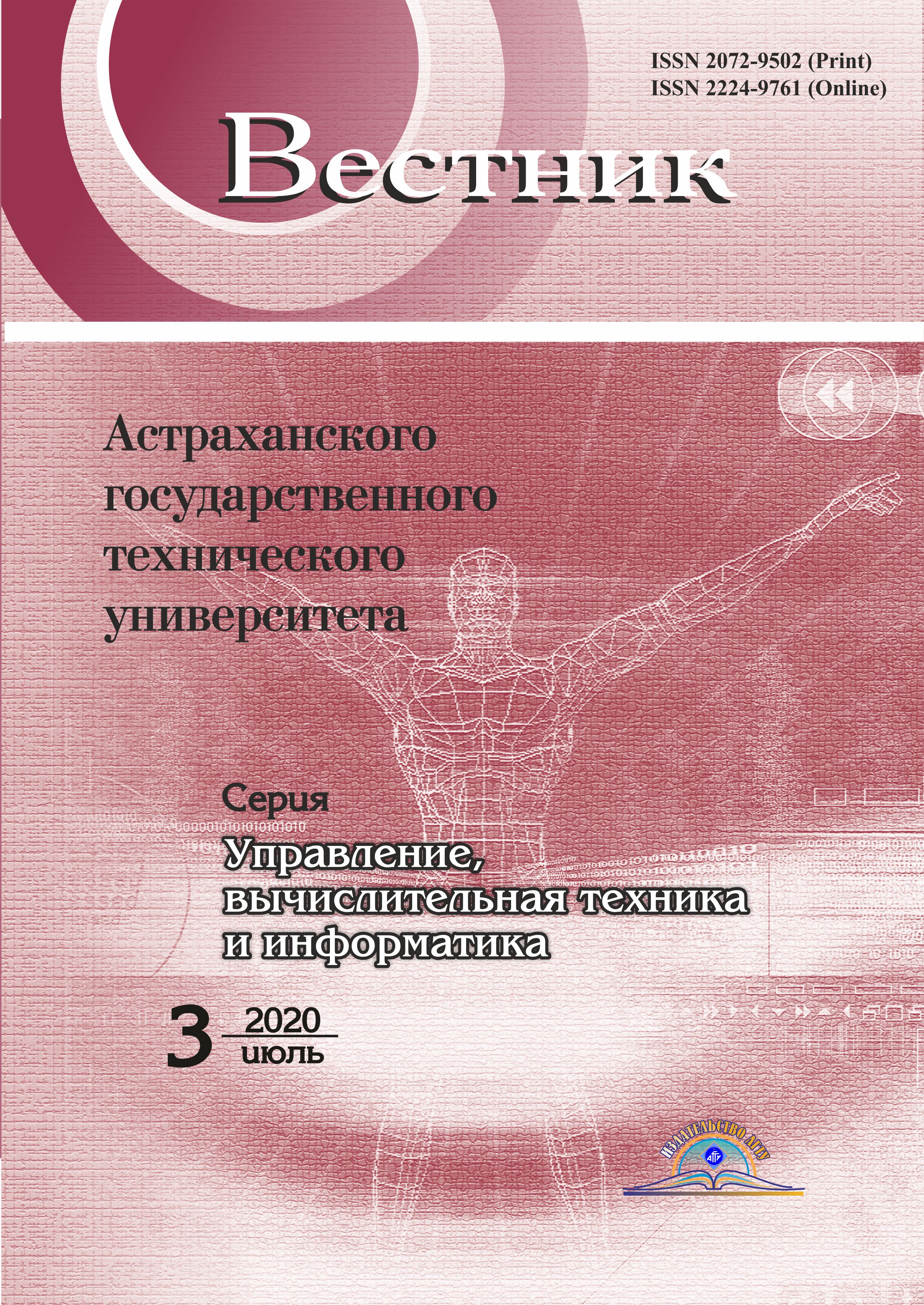Russian Federation
Russian Federation
Russian Federation
Russian Federation
The article presents the analysis of developing methods of wireless sensor networks (WSNs) topologies based on a graph structure. It indicates the prevalence of tolerance criteria for de-scribing the links between nodes, for example, the limiting distance of radio communication, a sufficient ratio of signal/energy (interference + noise). To consider the impact of inter-node interference on the network topology it is proposed to use the permissible values of bit error probabilities or erasing an information packet in case of distortion of at least one its elements as a criterion for stable communication. The algorithm for calculating an analytical model of internode communication channel is presented to evaluate the effect of intra-network additive and multiplicative noise on the reliability indicator of incoherent message reception in the form of a bit error rate. Expression for the coefficient of structural interaction of the received signal and the interference complex is obtained, which allows considering the dependence of bit error rate on the energy components of individual interference at the receiver input, frequency separation value of a signal and values of each disturbance, their phase shifts and the duration of the information bit. There has been considered practical application of the WSNs topology modeling technique for the internode communication channels with Rice fading of a useful signal and Rayleigh fading of an intra-network interference complex (a case study of using CC2500 modems as part of WSNs nodes). As a result of analysis, there have been determined the relations between nodes, for which the bit error rates do not exceed the allowable value established by requirements for channel capacity and the length of information packets. The presented modeling approach proves the possibility of improving the network topology due to developing the internode links by redistributing the frequency resource between the nodes or adjusting the operation modes of the modems.
wireless sensor network, graph network model, bit error probability, intranet interference.
1. Rosliakov A. V., Vaniashin S. V., Grebeshkov A. Iu. Internet veshchei: uchebnoe posobie [Internet of things: teaching aids]. Samara, Izd-vo PGUTI, 2015. 200 p.
2. Chiasserini C. F., Gribaudo M., Manini D. Analytical Modeling of Wireless Communication Systems. ISTE Ltd and John Wiley & Sons, Inc., 2016. 152 p.
3. Kamal Z.-E.-H., Salahuddin M. A. Introduction to Wireless Sensor Networks. Wireless Sensor and Mobile Ad-Hoc Networks, 2015, pp. 3-2.
4. Musznick B. Empirical Approach in Topology Control of Sensor Networks for Urban Environment. Journal of Telecommunications and Information Technology, 2019, March, no. 1, pp. 47-57.
5. Sokolova O. D. Grafovye modeli dlia zadach funktsionirovaniia sovremennykh setei peredachi dannykh [Graph models for functioning of modern data transmission networks]. Problemy informatiki, 2014, no. 4 (25), pp. 61-68.
6. Friis H. T. A note on a simple transmission formula. Proceedings of I.R.E., 1946, vol. 34, pp. 254-256.
7. Sun G., Zhao L., Chen Z., Qiao G. Effective link interference model in topology control of wireless Ad hoc and sensor networks. Journal of Network and Computer Applications, 2015, vol. 52, pp. 69-78.
8. Ababneh N. Performance Evaluation of a Topology Control Algorithm for Wireless Sensor Networks. International Journal of Distributed Sensor Networks, 2010, vol. 6 (1), 671385.
9. Blough D. M., Leoncini M., Resta G., Santi P. Topology control with better radio models: Implications for energy and multi-hop interference. Performance Evaluation, 2007, vol. 64 (5), pp. 379-398.
10. Cardieri P. Modeling Interference in Wireless Ad Hoc Networks. IEEE Communications Surveys & Tutorials, 2010, vol. 12 (4), pp. 551-572.
11. Dousse O., Baccelli F., Thiran P. Impact of interferences on connectivity in ad hoc networks. IEEE/ACM Transactions on Networking, 2005, vol. 13 (2), pp. 425-436.
12. Muliarchik K. S., Polochanskii A. S. Kachestvo obsluzhivaniia v besprovodnykh sensornykh setiakh [Quality of service in wireless sensor networks]. Zhurnal BGU. Matematika. Informatika, 2017, no. 2, pp. 65-70.
13. Baccour N., Koubâa A., Mottola L., Zúñiga M. A., Youssef H., Boano C. A., Alves M. Radio Link Quality Estimation in Wireless Sensor Networks: a Survey. ACM Transactions on Sensor Networks (TOSN), 2012, vol. 8, iss. 4, pp. 1-33.
14. Ziuko A. G., Klovskii D. D. i dr. Teoriia peredachi signalov [Signal transmission theory]. Moscow, Radio i sviaz' Publ., 1986. 304 p.
15. Abdi A., Tepedelenlioglu C., Kaveh M., Giannakis G. On the estimation of the K parameter for the Rice fading distribution. IEEE Communications Letters, 2001, vol. 5 (3), pp. 92-94.
16. Dams J., Hoefer M., Kesselheim T. Scheduling in wireless networks with Rayleigh-fading interference. IEEE Transactions on Mobile Computing, 2015, vol. 14 (7), pp. 1503-1514.
17. Proakis J., Saleni M. Digital Communications. Boston, McGraw-Hill, 2001. 936 p.
18. Listova N. V., Fedorenko V. V., Samoylenko I. V., Emelyanenko I. V., Samoylenko V. V. The communications channels models in wireless sensor networks, based on the structural-energetic interaction between signals and interference. 2018 Moscow Workshop on Electronic and Networking Technologies (MWENT). Moscow, 2018. DOI:https://doi.org/10.1109/MWENT.2018.8337298.
19. Tri T. H. Theory and Design of Digital Communication Systems. Cambridge University Press, 2011. 668 p.
20. Dousse O., Baccelli F., Thiran P. Impact of interferences on connectivity in ad hoc networks. IEEE/ACM Transactions on Networking, 2005, vol. 13 (2), pp. 425-436.
21. Shtrapenin G., Mishan M. CC2500 - universal'noe reshenie Texas Instruments dlia lokal'noi be-sprovodnoi sviazi [CC2500 - Texas Instruments Universal Wireless LAN Solution]. Komponenty i tekhnologii, 2008, no. 2, pp. 113-118.















